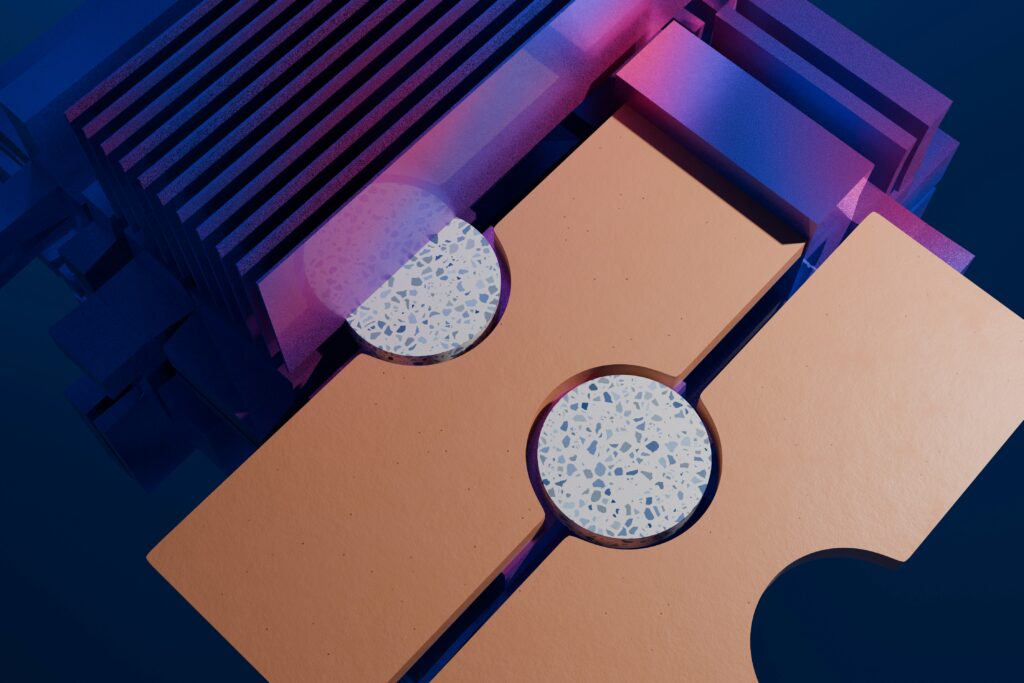The landscape of personal technology is undergoing a profound transformation as dedicated AI processors, or Neural Processing Units (NPUs), become the cornerstone of next-generation gadgets. Major players like Qualcomm, Apple, and MediaTek are embedding increasingly powerful AI chips into their latest chipsets, such as the Snapdragon 8 Gen 3 and Apple A17 Bionic. This integration, highlighted by recent announcements at CES and MWC 2024, signifies a strategic pivot from purely cloud-dependent AI to a more hybrid model, where significant AI workloads are handled directly on the device. This on-device processing not only enhances performance but also unlocks new capabilities previously thought impossible for portable hardware, promising a future where our devices are genuinely intelligent companions.
The Surge of On-Device AI: Market Growth & Efficiency
Recent industry analyses underscore the rapid expansion of the AI chip market. According to a report by Statista, the global AI chip market size is projected to reach over 100 billion USD by 2025, driven significantly by the consumer electronics segment. This growth is fueled by advancements in chip architecture that offer remarkable gains in energy efficiency and computational power. For instance, the latest AI chips can perform trillions of operations per second (TOPS) while consuming minimal power, a critical factor for battery-powered gadgets. This efficiency is paramount for sustained AI functionalities like real-time image processing, advanced voice recognition, and personalized user interfaces, all running seamlessly without draining your device’s battery life. Learn more about the future of AI computing and its hardware demands.
Transformative Impact on User Experience and Privacy
The integration of advanced AI chips in gadgets has a direct and significant impact on daily user experience. Imagine a smartphone camera that can instantly analyze a scene for optimal settings, or a wearable device that provides hyper-accurate health insights by processing biometric data locally. These powerful AI capabilities enable features like advanced computational photography (e.g., super-resolution, background blur), real-time language translation, and more intuitive virtual assistants that learn your habits without sending all your data to the cloud. This shift towards on-device processing also offers substantial benefits in terms of data privacy and security, as sensitive personal information can remain on the device, reducing reliance on remote servers and mitigating potential data breaches. This local processing significantly enhances the speed and responsiveness of AI applications, making interactions feel more natural and immediate.
Expert Insights and Future Predictions
Industry experts predict that the proliferation of powerful AI chips will democratize AI, making sophisticated machine learning models accessible to a broader range of devices and users. Dr. Anya Sharma, a lead AI architect at a prominent tech firm, recently commented, "The era of AI moving to the edge is not just about speed; it’s about creating a truly personal and secure AI experience. We’re moving towards devices that understand us on a deeper level without compromising our privacy." However, challenges remain, including the increasing complexity of chip design, thermal management for sustained performance, and the ever-present demand for higher energy efficiency. The future will likely see a continued hybrid approach, where complex, data-intensive tasks are still offloaded to the cloud, while sensitive and real-time operations are handled locally by these powerful AI chips. The ultimate goal is a seamless blend of capabilities that offers the best of both worlds.
Looking ahead, the evolution of AI chips is not limited to performance boosts; it’s also about specialization. We can expect to see highly optimized AI silicon designed for specific applications, whether it’s for augmented reality, autonomous vehicles, or advanced robotics. This specialization will lead to even more efficient and capable devices, further blurring the lines between smart tools and intelligent companions. The ongoing competition among chipmakers is a strong indicator of the rapid innovation in this space, promising exciting breakthroughs that will continue to redefine what our gadgets are capable of.

